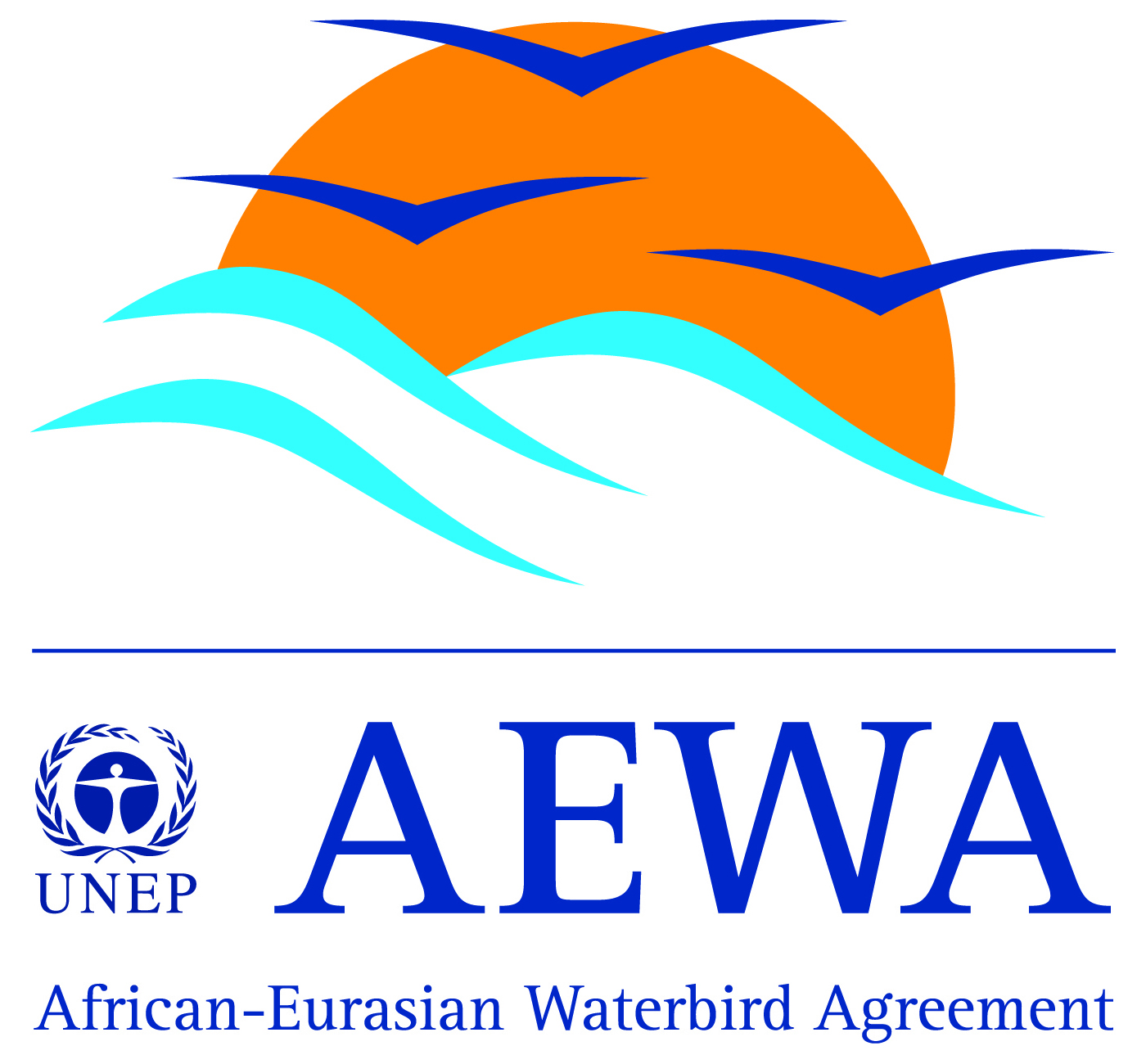An evaluation of corrugated steel culverts as transit corridors for amphibians and small mammals at two Vancouver Island wetlands and comparative culvert trials
-
Published source details
Fitzgibbon K. (2001) An evaluation of corrugated steel culverts as transit corridors for amphibians and small mammals at two Vancouver Island wetlands and comparative culvert trials. MA thesis. Royal Roads University, Vancouver, Canada.
Published source details Fitzgibbon K. (2001) An evaluation of corrugated steel culverts as transit corridors for amphibians and small mammals at two Vancouver Island wetlands and comparative culvert trials. MA thesis. Royal Roads University, Vancouver, Canada.
Actions
This study is summarised as evidence for the following.
| Action | Category | |
|---|---|---|
|
Install tunnels/culverts/underpass under roads Action Link |
|
|
|
Install culverts or tunnels as road crossings Action Link |
|
-
Install tunnels/culverts/underpass under roads
A replicated study in 2000 along highways through two wetlands in British Columbia, Canada (Fitzgibbon 2001) found that culverts were used by small- to medium-sized mammals. Mammals used most of the eight dry culverts. In particular, there were frequent records of racoons Procyon lotor (on 11% of track plates) and species from the weasel family (on 32% of track plates – species not stated). Mice, voles and shrews combined were recorded on 31% of track plates. Racoons also used wet culverts on all nine occasions when tracks were not obscured by water. In 1995, twelve dry corrugated steel pipe culverts (average 35 long, 1 m diameter) were installed at 50-m intervals under a four-lane highway at one wetland. Eight were monitored. At another wetland, two wet cross-drainage corrugated steel pipe culverts (31 m long, 0.6 m diameter) were monitored. Aluminium track-plates, covered with soot, were installed 1–2 m inside each culvert and monitored over nine weekly intervals, in July–October 2000.
(Summarised by: Rebecca K. Smith)
-
Install culverts or tunnels as road crossings
A replicated study in 2000 of eight dry and two wet culverts under highways through two wetlands on Vancouver Island, Canada (Fitzgibbon 2001) found no amphibian tracks within culverts. In trials with rough-skinned newts Taricha granulosa, a dark culvert was used significantly more than one with daylight (24 vs 6). However, there was no significant difference between use of 0.3 or 0.5 m diameter culverts (11 vs 19 newts), different substrates (bare: 22; cement: 11; soil: 17) or wet or dry culverts (8 vs 7–15 newts). Concentrations of aluminium, zinc, copper and lead within condensation deposits in culverts were 134–124,500 times greater than recommended for protecting freshwater aquatic life. Corrugated steel pipe culverts (29–36 x 0.6–1 m) were constructed in 1995. Aluminium track-plates covered with soot were installed 1–2 m inside each culvert and were monitored nine times in July–October 2000. There were three replicates of each trial (five for substrate) in which 10 newts had the choice of three adjacent culverts (3 x 0.3 m) over three days in September–November.
Output references
|
|





)_2023.JPG)














